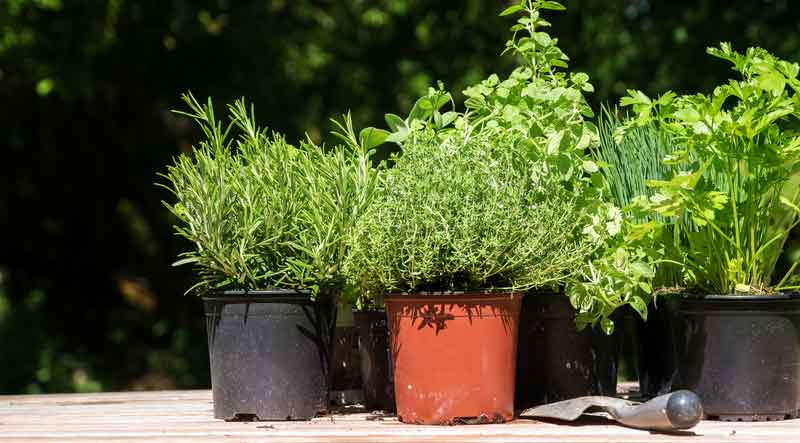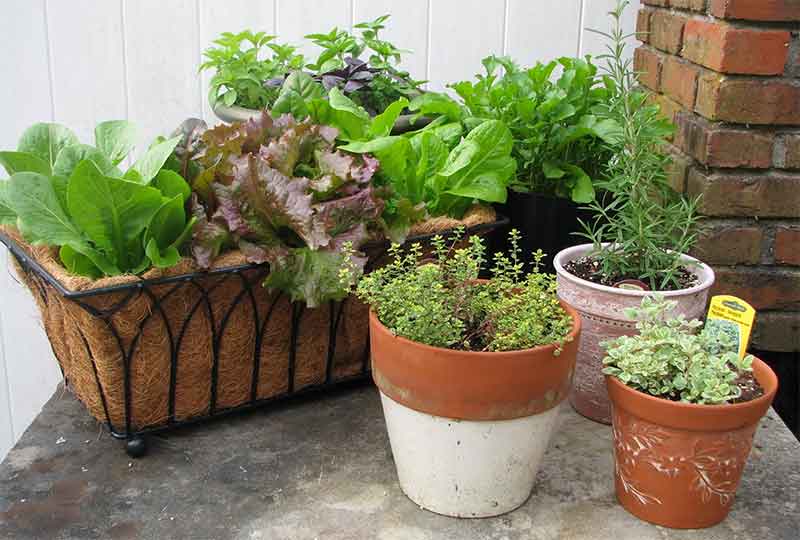6 Best Herbs to Grow Indoors This Fall and Winter: Tips for Fresh, Homegrown Flavors
When the weather outside becomes cold and dreary, cooking with fresh herbs from your indoor garden is sure to brighten your mood. That’s the way it works for Ashleigh Lemon, who enjoys adding homegrown herbs to her food.
“Growing herbs indoors is great for my mood and taste buds,” says Lemon, Senior Biology Specialist for Scotts Miracle-Gro. “I also like the fact that I don’t waste any herbs like you do when you buy a big bunch from the store. I’m able to snip just a little bit of herbs from my home garden, which also means that they’re really fresh.”

To have luck growing herbs indoors, Lemon suggests trying woody herb types. These tend to be hardier overall than tender selections like basil. Six good choices for indoor herb growing are parsley, sage, rosemary, thyme, oregano and chives.
For the best of luck growing these six herbs as houseplants, keep the following growing suggestions in mind.
Place in Bright Light
If you wish to grow these six herbs next to the window, opt for a Southern-facing one that has no obstruction outdoors. If there isn’t enough light in your interior, get some full-spectrum lighting. Place the lights close to the top of the plants within 3 to 6 inches.
Where to Get Herbs for Growing indoors
If you can’t find these herbs growing in your local nursery, home and garden center or via email, but have them in your garden, try digging up and planting them. According to Lemon, transplants tend to take quickly and often thrive.
You can also grow many herbs from seed. Renee’s Garden carries seed for all six of these herbs. Plant and you’ll have herbs in 4 to 6 weeks.
Use high-quality potting soil to plant. Transplant each herb separately into a 6- to 8-inch pot that has drainage holes, says Lemon. “Many woody herbs don’t like to stay continually moist. That causes root rot.”
Water Indoor Herbs Infrequently
Unless your herbs are under a heating duct, they aren’t going to use a lot of water indoors. Too much water causes more problems than insufficient watering. These include pests and diseases. Test before watering with a moisture meter or by sticking your finger into the soil. Only water when the top one inch of soil has dried out.
Fertilize Herb Houseplants Monthly
Keep your herbs producing tasty foliage by fertilizing on a regular basis. Use a well-balanced fertilizer designed for foliage plants.
Pinch Back Kitchen Herbs Often
Pruning your herbs back makes them grow bushier and fuller, so pinch back often. “I trim my plants back by one-third every three weeks or so,” says Lemon, who will prune even if she’s not using the herb right then for cooking or eating.
Wait until a plant is at least 6 inches high before harvesting the herb. Taking off too much foliage too soon can cause the plant not to be able to photosynthesize sufficiently, which will inhibit growth.




